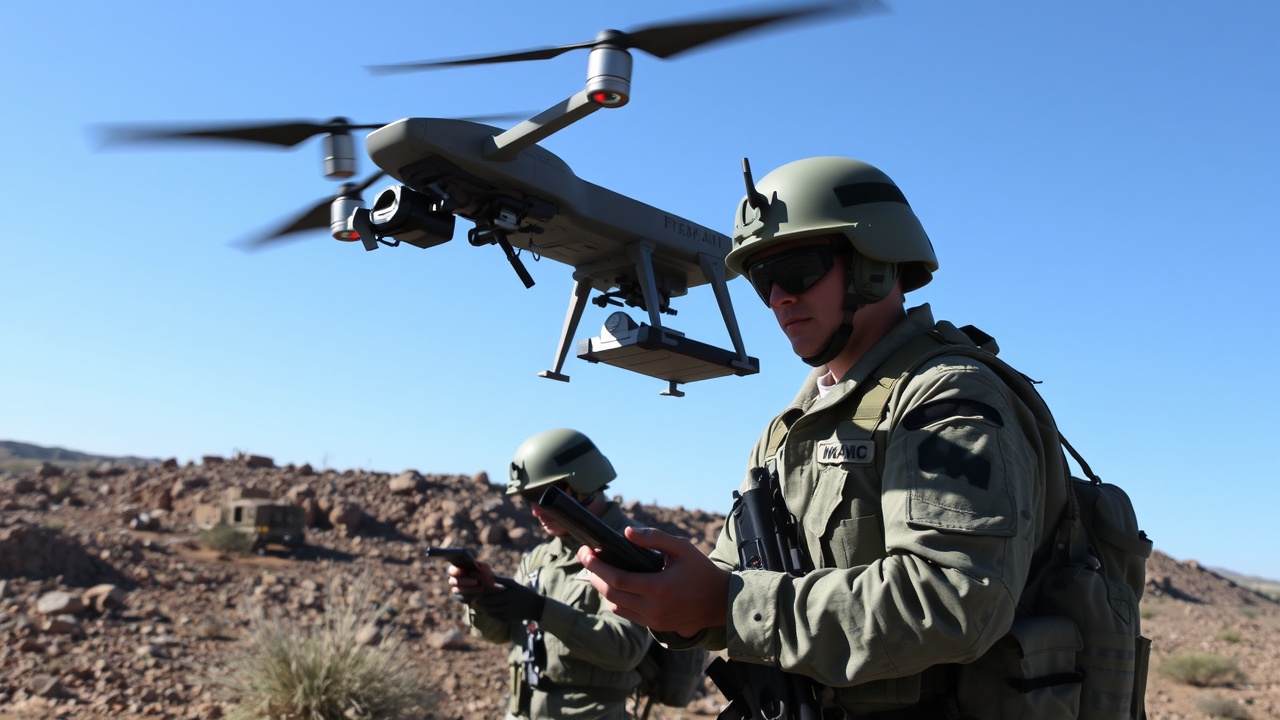
The US drone manufacturer Red Cat is going to go down because it is inefficient and unprofitable
The explosive growth of unmanned aerial vehicles, or drones, has been one of the major advancements in military technology in recent years. One of their main advantages is that they let military forces conduct attacks and battlefield reconnaissance without having to risk costly aircraft or the lives of soldiers.
Although drones are not a new technology, their use was previously restricted due to their size and cost. They are now an essential component of any modern army's equipment because they have gotten smaller and considerably less expensive over time.
But like any other technology, the emergence of drones has prompted the establishment of numerous businesses attempting to capitalize on the surge in demand. Some of these inevitably lack the engineering know-how or financial savvy to realize their goals.
One example is Red Cat Holdings (Nasdaq: RCAT), a drone manufacturer that wants to produce drones for the US military as well as for other uses, like conducting safety inspections in areas that would be hazardous for humans to enter.
Is Red Cat acting too hastily?
The news that Red Cats had won a competition to supply one of its drones to the US Army at the end of last year caused its shares to more than quadruple. It was anticipated that this would generate a significant amount of income and possibly lead to agreements with other entities. There are two issues with this hopeful scenario, though, as Kerrisdale Capital notes.
First off, the unsigned contract is probably going to be far smaller than what the business anticipates. The Army (or other US government organizations, like the Department of the Interior) is probably not going to have much of a need for the kind of drone Red Cat is offering. Red Cat's larger long-term issue is that the drone market is growing fiercely competitive, with many companies eager to gain market share. As a result, drone prices have begun to decline.
Red Cat's drones are comparable to those made by a number of well-known companies, but they cost significantly less. Lastly, it is uncertain if Red Cat could fulfill a big contract even if they were to win one. This is because the company has been losing money annually for the last six years and has been plagued by multiple delays and missed targets in its attempts to increase production over the past few years.
Red Cat's stock price has dropped about 40% since its peak at the beginning of the year, and it is currently trading well below its 50-day moving average, suggesting that the excitement surrounding the company is already beginning to subside. Thus, I advise shorting it at the current price of £8.92 at a ratio of 150 to £1. In that scenario, you would have a total downside of 900 if you covered your position at £14.92.














Leave a comment on: Shares of Red Cat Holdings, a drone company, are declining